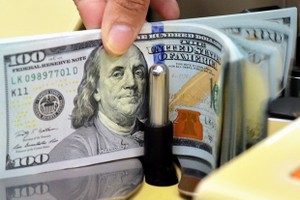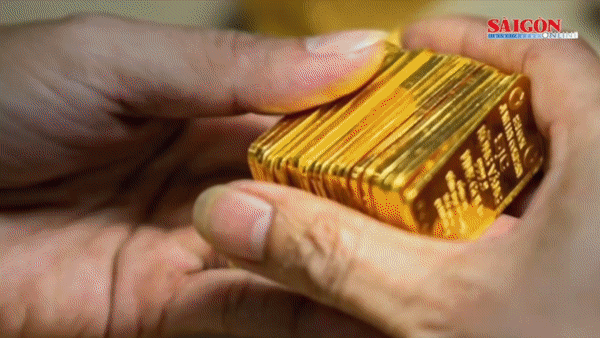The State Bank of Viet Nam (SBV) yesterday targeted credit growth between 18 per cent and 20 per cent for next year, with possible adjustments depending on the actual situation.

At a conference to review the performance of the banking industry in 2015 and prepare for next year, in Ha Noi yesterday, SBV Deputy Governor Nguyen Thi Hong said that the estimate was based on targets of the GDP and inflation approved by the National Assembly.
The central bank would ensure an active and flexible monetary policy next year, in close co-ordination with fiscal and other macro policies, to meet the NA's targets of inflation at less than 5 per cent, and economic growth at roughly 6.7 per cent, Hong said.
However, Hong said, the credit growth rate might be adjusted flexibly based on the actual situation, the same as in 2015.
In 2015, the central bank firstly targeted a credit growth rate of 13 per cent, but then adjusted it between 15 per cent and 18 per cent to meet the rising capital demands of the economy.
As lending rose 17.17 per cent by December 21, the central bank estimated the rate this year could reach 18 per cent, higher than that in the period between 2011 and 2014.
Despite a deposit interest rate reduction of roughly 0.2 to 0.5 per cent per year this year, deposits at banks still rose 13.59 per cent, helping the banks with good liquidity to supply the capital for the economy.
During the year, the lending interest rate was also cut by roughly 0.2 to 0.5 per cent per year against December 2014, supporting local business and production. The lending rate currently has slid by roughly 50 per cent as against late 2011.
Assessing capital use this year, Hong said, the flow was positive, mainly pouring into production and business, especially the government's priority industries of high-tech, up 44.78 per cent, and agriculture and rural development, which rose 10.8 per cent.
Besides support for meeting targets of inflation control, and economic growth, the central bank also affirmed that adequate cash inflow during the year successfully helped stabilise the foreign exchange market and handling of non-performing loans (NPLs).
Deputy Director of the SBV's Monetary Policy Department Bui Quoc Dung said that the banking system met the target of reducing the bad debt ratio to 3 per cent this year.
After four years of restructuring, by November 30 this year, roughly 99.6 per cent of NPLs of all credit institutions were taken care of, reducing the bad debt ratio of the entire banking system to 2.72 per cent, Dung reported.
Currently, the bad debt ratio reported by credit institutions and the central bank is the same. Previously, it was much higher.
The restructuring has helped the banking system become more stable and safe, and contributed towards regaining the trust of investors and depositors.
After a successful year in 2015, Hong said that the banking system would face pressures next year in meeting medium- and long-term capital demands for local business and production.
Expressing concern about the dollarisation in the economy, while referring to the habit of using United States dollars in daily activities and trades between local people and firms, she said, while it had reduced and the value of the dong had risen, the local foreign exchange market would still face the impact of the global financial market.
Next year, the central bank would also face challenges in regulating interest rates as the rate would be affected by a rising issue plan of government bonds.
Hong said that the interest rate and foreign exchange rate would be also regulated in accordance with economic growth and inflation targets.
Besides speeding up non-cash payment, the central bank would also take up measures to manage the gold and foreign exchange markets to avoid the use of dollars and gold in the economy.
The restructuring of credit institutions would be also continuously taken up together with enhancement in supervision and inspection to make the banking system safer, Hong said.
























